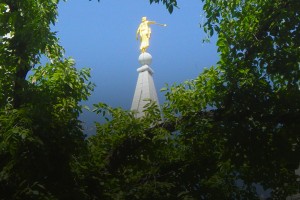 While Christians continue to find archeological and textural evidence supporting the historicity and authenticity of the Biblical Gospel accounts, Mormonism has been plagued with historical and archeological evidence demonstrating Joseph Smith was less than truthful. Archeology continues to refute the history of the Book of Mormon, failing to reveal a single location or artifact mentioned in Joseph’s history of America as revealed in Mormon scripture. In addition to this, historical discoveries demonstrate the Book of Abraham has incredible problems. But there is even more to the story.
While Christians continue to find archeological and textural evidence supporting the historicity and authenticity of the Biblical Gospel accounts, Mormonism has been plagued with historical and archeological evidence demonstrating Joseph Smith was less than truthful. Archeology continues to refute the history of the Book of Mormon, failing to reveal a single location or artifact mentioned in Joseph’s history of America as revealed in Mormon scripture. In addition to this, historical discoveries demonstrate the Book of Abraham has incredible problems. But there is even more to the story.
1843 poster describing the discovery of the Kinderhook Plates
In 1843, six brass plates were “discovered” in a mound in Kinderhook, Illinois. Mormons who saw the plates were impressed by their ancient appearance and believed these plates might substantiate Joseph Smith’s claims that an ancient document could be written on plates and buried in the American continent. On May 1, 1843, the Times and Seasons reprinted the following from the Quincy Wig:
“A Mr. J Roberts, from Pike county, called upon us last Monday, with a written description of a discovery which was recently made near Kinderhook, in that county… It appeared that a young man by the name of Wiley, a resident in Kinderhook, dreamed three nights in succession, that in a certain mound in the vicinity, there was treasures concealed–Impressed with the strange occurrence of dreaming the same dream three nights in succession, he came to the conclusion, to satisfy his mind by digging into the mound… Finding it quite laborous, he invited others to assist him. Finally, a company of ten or twelve repaired to the mound, and assisted in digging out the shaft commenced by Wiley. After penetrating the mound about 11 feet, they came to a bed of limestone, that had apparently been subjected to the action of fire, they removed the stone, which were small and easy to handle, to the depth of two feet more, when they found SIX BRASS PLATES, secured and fastened together by two iron wires, but which were so decayed, that they readily crumbled to dust upon being handled. The plates were so completely covered with rust as almost to obliterate the characters inscribed upon them; but after undergoing a chemical process, the inscriptions were brought out plain and distinct… By whom these plates were deposited there must ever remain a secret, unless some one skilled in deciphering hieroglyphics, may be found to unravel the mystery. Some pretend to say, that Smith the Mormon leader, has the ability to read them. If he has, he will confer a great favor on the public by removing the mystery which hangs over them. We learn there was a Mormon present when the plates were found, who it is said, leaped for joy at the discovery, and remarked that it would go to prove the authenticity of the Book of Mormon–which it undoubtedly will…The plates above alluded to, were exhibited in this city last week, and are now, we understand, in Nauvoo, subject to the inspection of the Mormon Prophet. The public curiousity is greatly excited and if Smith can decipher the hieroglyphics on the plates, he will do more towards throwing light on the early history of this continent, than any man now living.” (Times and Seasons, Vol.4, pp. 186- 187, 1843)
The plates were believed to be authentic and they excited great public interest in the area. Within a week of their alleged discovery they were brought to Nauvoo for a short stay. An editorial comment in the same Times and Seasons article indicates how important the eager writer felt these brass plates might be:
“Circumstances are daily transpiring which give additional testimony to the authenticity of the Book of Mormon… The following… will, perhaps have a tendency to convince the sceptical, that such thing [metal plates] have been used and that even the obnoxious Book of Mormon, may be true… Mr. Smith has had those plates, what his opinion concerning them is, we have not yet ascertained. The gentleman that owns them has taken them away, or we should have given a facsimile of the plates and characters in this number. We are informed however, that he purposes returning with them for translation; if so, we may be able yet to furnish our readers with it.”
Mormons did eventually bring them to Joseph to have them translated. In a letter written from Nauvoo, dated May 2, 1843, Charlotte Haven stated:
“We hear very frequently from our Quincy friends through Mr. Joshua Moore… His last call on us was last Saturday and he brought with him half a dozen thin pieces of brass, apparently very old, in the form of a bell about five or six inches long. They had on them scratches that looked like symbolic characters. They were recently found, he said, in a mound a few miles below Quincy. When he showed them to Joseph, the latter said that the figures or writing on them was similar to that in which the Book of Mormon was written, and if Mr. Moore could leave them, he thought that by the help of revelation he would be able to translate them. So a sequel to that holy book may soon be expected.” (“A Girl’s Letters From Nauvoo,” Overland Monthly, Dec. 1890, p. 630)
The Con Was On
Joseph received the plates and treated them as authentic artifacts. In fact, he later claimed he had translated a portion of them. The evidence of this claim comes from the diary of William Clayton, Joseph Smith’s private secretary. Clayton is an important character in the history of Mormonism and his journal was considered so reliable its text was always rewritten in “first person” (as though Joseph himself was speaking) when the Church used it as a basis for the story of the Kinderhook plates in the official Church History. The following was attributed to Joseph Smith by the Mormon Church:
“Monday, May, 1. — …I insert facsimiles of the six brass plates found near Kinderhook, in Pike county, Illinois, on April 23, by Mr. Robert Wiley and others, while excavating a large mound. They found a skeleton about six feet from the surface of the earth, which must have stood nine feet high. The plates were found on the breast of the skeleton and were covered on both sides with ancient characters… I have translated a portion of them, and find they contain the history of the person with whom they were found. He was a descendant of Ham, through the loins of Pharaoh, king of Egypt, and that he received his kingdom from the Ruler of heaven and earth.” (History of the Church, Vol. 5, p. 372)
In addition to this, on May 7, 1843, Parley P. Pratt wrote a letter containing the following statement:
“Six plates having the appearance of Brass have lately been dug out of a mound by a gentleman in Pike Co. Illinois. They are small and filled with engravings in Egyptian language and contain the genealogy of one of the ancient Jaredites back to Ham the son of Noah. His bones were found in the same vase (made of Cement). Part of the bones were 15 ft. underground.” … “A large number of Citizens have seen them (the Kinderhook Plates) and compared the characters with those on the Egyptian papyrus which is now in this city.” (The Ensign, August 1981, p. 73).
Clearly Pratt was not speaking from his own expertise here. Only Joseph Smith claimed to have the ability to translate ancient languages; this close associate of Joseph was quoting Smith himself in this statement.
The Truth Was Eventually Revealed
Unfortunately for the line of Mormon evidences, it was later revealed the plates were forgeries. On April 25, 1856, W. P. Harris, who was one of the nine witnesses to the discovery of the plates, wrote a letter in which he stated the plates were not genuine:
“…I was present with a number at or near Kinderhook and helped to dig at the time the plates were found… I… made an honest affidavit to the same…. since that time, Bridge Whitten said to me that he cut and prepared the plates and he… and R. Wiley engraved them themselves…. Wilbourn Fugit appeared to be the chief, with R. Wiley and B. Whitten.” (The Book of Mormon? , by James D. Bales, pp. 95-96)
To make matters worse, on June 30, 1879, the aforementioned Wilbourn Fugate, who was also one of the nine people who signed the certificate, wrote a letter in which he admitted his part in the hoax:
“I received your letter in regard to those plates, and will say in answer that they are a humbug , gotten up by Robert Wiley, Bridge Whitten and myself…. We read in Pratt’s prophecy that ‘Truth is yet to spring out of the earth.’ We concluded to prove the prophecy by way of a joke.” (Letter of W. Fugate, as cited in The Kinderhook Plates by Welby W. Ricks, reprinted from the Improvement Era , Sept. 1962)
Mormons began to realize that the discovery of these plates was a planned “con game” all along. Some chose to hold on to the possibility the plates were real, others slowly began to accept the truth. But for a time there was no other forensic way to determine if the statements of Fugate and Harris were true. As the years passed, Mormonism seems to have been undecided on the issue. But all that was about to change.
A Plate is Rediscovered
The Kinderhook Plates were lost around the time of the American Civil War, but nearly 100 years later, one of them was rediscovered in the Chicago Historical Society Museum by Professor M.Wilford Poulson, of Brigham Young University.
The rediscovered plate compared to the 1843 poster rendering of a plate
Welby W. Ricks, who was President of the BYU Archaeological Society, hailed the discovery as a vindication of Joseph Smith’s work:
“A recent rediscovery of one of the Kinderhook plates which was examined by Joseph Smith, Jun., reaffirms his prophetic calling and reveals the false statements made by one of the finders… The plates are now back in their original category of genuine…. Joseph Smith, Jun., stands as a true prophet and translator of ancient records by divine means and all the world is invited to investigate the truth which has sprung out of the earth not only of the Kinderhook plates, but of the Book of Mormon as well.” (The Kinderhook Plates)
In 1965, three years after Mr. Ricks made this incredible declaration, George M. Lawrence, a Mormon physicist was given permission to examine and make “some non-destructive physical studies of the surviving plate.” This test would hopefully date the plates and end the controversy about their authenticity. In his “Report of a Physical Study of the Kinderhook Plate Number 5,” George Lawrence wrote:
‘The dimensions, tolerances, composition and workmanship are consistent with the facilities of an 1843 blacksmith shop and with the fraud stories of the original participants.’
The Truth is Slowly Being Exposed
Mormons immediately recognized conclusive proof for the fraudulent scheme, coupled with the earlier statements by Joseph Smith declaring he had already “translated a portion of them and (found them to) contain the history of the person with whom they were found” would prove Joseph was a liar. As a result, most Mormon scholars would not accept George Lawrence’s work on the Kinderhook plates as conclusive. They wanted a more substantial test of the plates, but this kind of test would require the destruction of a small portion of the plate and the Mormon Church would not allow it.
In 1980, however, the Mormon scholar Stanley P. Kimball was able “to secure permission from the Chicago Historical Society for the recommended destructive tests.” Professor Kimball described the results of the tests in the official Mormon Church publication, The Ensign, in August 1981, pp. 66-70:
“A recent electronic and chemical analysis of a metal plate… brought in 1843 to the prophet Joseph Smith… appears to solve a previously unanswered question in Church history, helping to further evidence that the plate is what its producers later said it was – a nineteenth-century attempt to lure Joseph Smith into making a translation of ancient-looking characters that had been etched into the plates… As a result of these tests, we concluded that the plate… is not of ancient origin… we concluded that the plate was made from a true brass alloy (copper and zinc) typical of the mid-nineteenth century; whereas the ‘brass’ of ancient times was actually bronze, an alloy of copper and tin.”
There was no doubt now the plates were not authentic, but were instead the product of human imagination and trickery. This discovery had wide ranging consequences for the Mormon Church.
Joseph Would Have Exposed Himself
If Joseph Smith had not been murdered in June 1844, it is very possible (even probable) he would have published a complete “translation” of these fraudulent plates (he had already done this with the Book of Abraham papyri). Just a month before his death it was reported he was “busy in translating them. The new work… will be nothing more nor less than a sequel to The Book of Mormon…” (Warsaw Signal May 22, 1844)
The fact Joseph Smith was actually preparing to print a translation of the plates is verified by a broadside (poster) published by the Mormon newspaper, The Nauvoo Neighbor, in June 1843 (scene above). On this poster, containing facsimiles of the plates, we find the following:
“The contents of the Plates, together with a Fac-Simile of the same, will be published in the ‘Times and Seasons,’ as soon as the translation is completed.”
They’ve Changed Their Story on This
Today, the Mormon Church denies the fact Joseph ever considered these Kinderhook plates to be real. The Church now claims William Clayton was not actually speaking for Joseph. But this contradicts the earlier position the Church took for nearly 140 years. Before the rediscovery of the plate, the Mormon Church claimed William Clayton’s words were, in fact, a precise annunciation of the words of Joseph and they published them as Joseph’s words in the History of the Church. The Mormon Church actually defended Joseph Smith’s partial translation of the plates (in fact there are several pages dedicated to the story of the Kinderhook plates in the 7 volume History of the Church). But as soon as the Church discovered with certainty the Kinderhook plates were completely fraudulent, it tried to distance itself from the whole situation by simply claiming:
“…there is no evidence that Joseph Smith ever concluded the plates were genuine…” (The Ensign , August 1981, pp. 66-70).
For 140 years, a partial translation of the plates as recorded by Joseph’s personal secretary and witnessed by several Mormon Elders was more than enough evidence for the Mormon Church. But this is no longer the case. Why? The Mormon Church seems to recognize the Kinderhook Plates are yet another piece of historical and archeological evidence pointing not to the authenticity of Mormonism, but to the fraudulent nature of their prophet, Joseph Smith. In order for Joseph to claim the plates “contain the history of the person with whom they were found. He was a descendant of Ham, through the loins of Pharaoh, king of Egypt, and that he received his kingdom from the Ruler of heaven and earth,” Joseph would have to have been able to read quite a bit. To know this much about the contents of the plates, Joseph would have to scan all of them and read enough to get the general idea of what they said. He would have to read a large portion of what we know now to be a completely fraudulent hoax. It simply isn’t possible to read this much of something that doesn’t exist in the first place.
What Are We to Believe?
How are we to account for this statement by Joseph? Either we have to deny Joseph made this statement (but 140 years of Mormon teaching and the related statements of other believers simply will not allow us to do this), or we must conclude Joseph was simply lying. With the Book of Mormon, Joseph claimed to have eleven witnesses who saw the gold plates. But Joseph was careful not to show the plates to the public. He did not allow anyone who was trained to detect forgery or who had studied ancient languages to examine the original plates. But this was not the case with the Kinderhook plates. These plates were publicly exhibited and many people had a chance to examine them. Both William Clayton and Brigham Young had the honor of tracing or making an outline of one of the pages in their journals. The first three presidents of the Mormon Church, Joseph Smith, Brigham Young and John Taylor, all believed the Kinderhook plates were real. B. H. Roberts wrote:
“John Taylor, the close personal friend of the Prophet – took the find seriously, and expressed implicit confidence in his editorial that the Prophet could give a translation of the plates. And this attitude the Church, continued to maintain…” (History of the Church, vol. 5, p. 379, footnote)
Not one of the first three prophets of the church could tell these plates were forgeries. None could tell that the widely accepted statement made by Joseph was false. Would they have recognized the original plates of the Book of Mormon to be forgeries? Did they accept the teaching of Joseph related to the Book of Mormon with the same blind acceptance they demonstrated with the Kinderhook plates? They were obviously capable of being deceived, and Joseph clearly revealed himself to be incapable of translating with the divine power of God. The Kinderhook Plates reveal the false nature of Mormonism and the deceptive efforts of Joseph Smith.
 For more information about the reliability of the New Testament gospels and the case for Christianity, please read Cold-Case Christianity: A Homicide Detective Investigates the Claims of the Gospels. This book teaches readers ten principles of cold-case investigations and applies these strategies to investigate the claims of the gospel authors. The book is accompanied by an eight-session Cold-Case Christianity DVD Set (and Participant’s Guide) to help individuals or small groups examine the evidence and make the case.
For more information about the reliability of the New Testament gospels and the case for Christianity, please read Cold-Case Christianity: A Homicide Detective Investigates the Claims of the Gospels. This book teaches readers ten principles of cold-case investigations and applies these strategies to investigate the claims of the gospel authors. The book is accompanied by an eight-session Cold-Case Christianity DVD Set (and Participant’s Guide) to help individuals or small groups examine the evidence and make the case.
J. Warner Wallace is a Dateline featured Cold-Case Detective, Senior Fellow at the Colson Center for Christian Worldview, Adj. Professor of Christian Apologetics at Talbot School of Theology, Biola University, author of Cold-Case Christianity, God’s Crime Scene, and Forensic Faith, and creator of the Case Makers Academy for kids.
Subscribe to J. Warner’s Daily Email




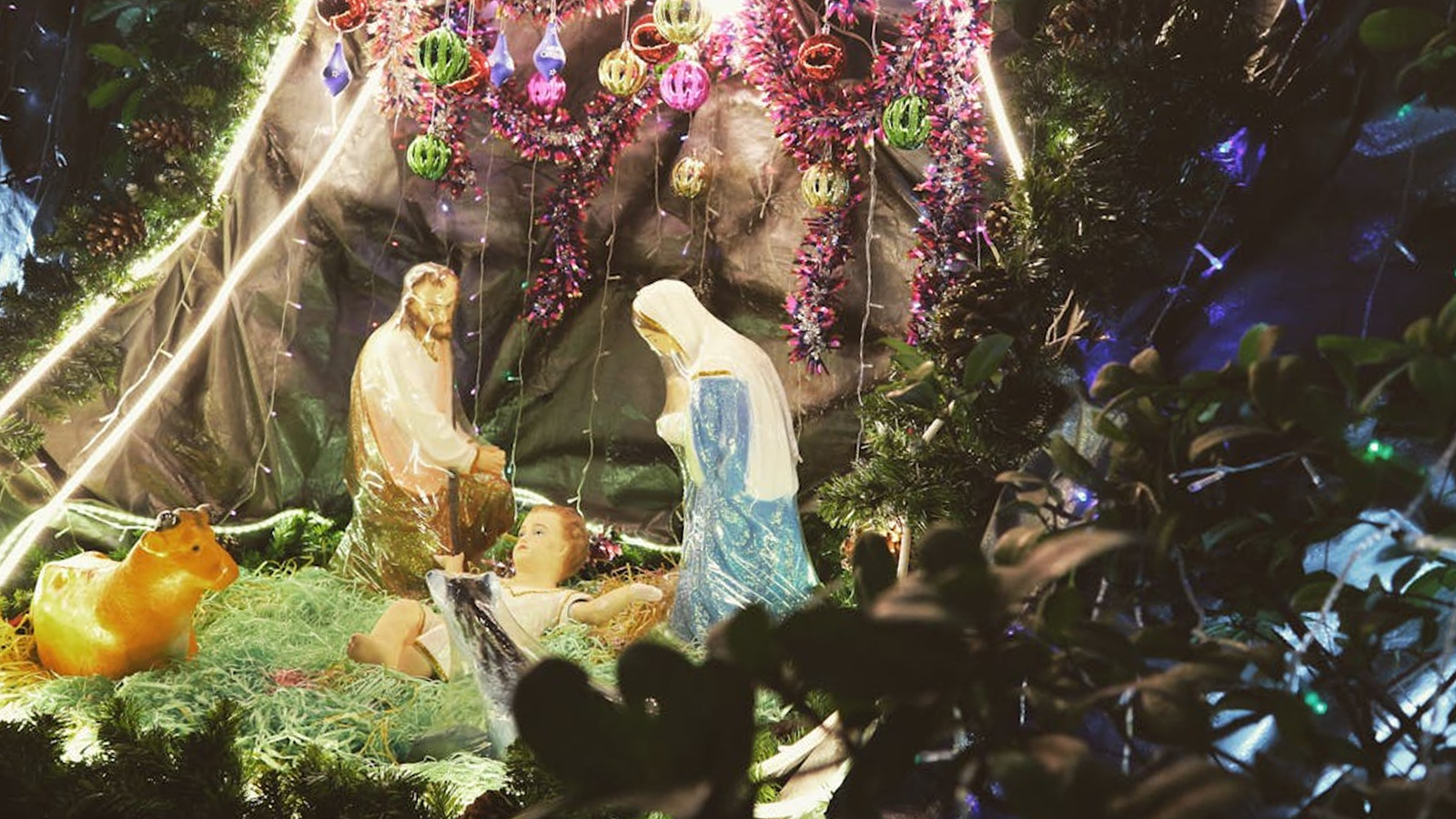
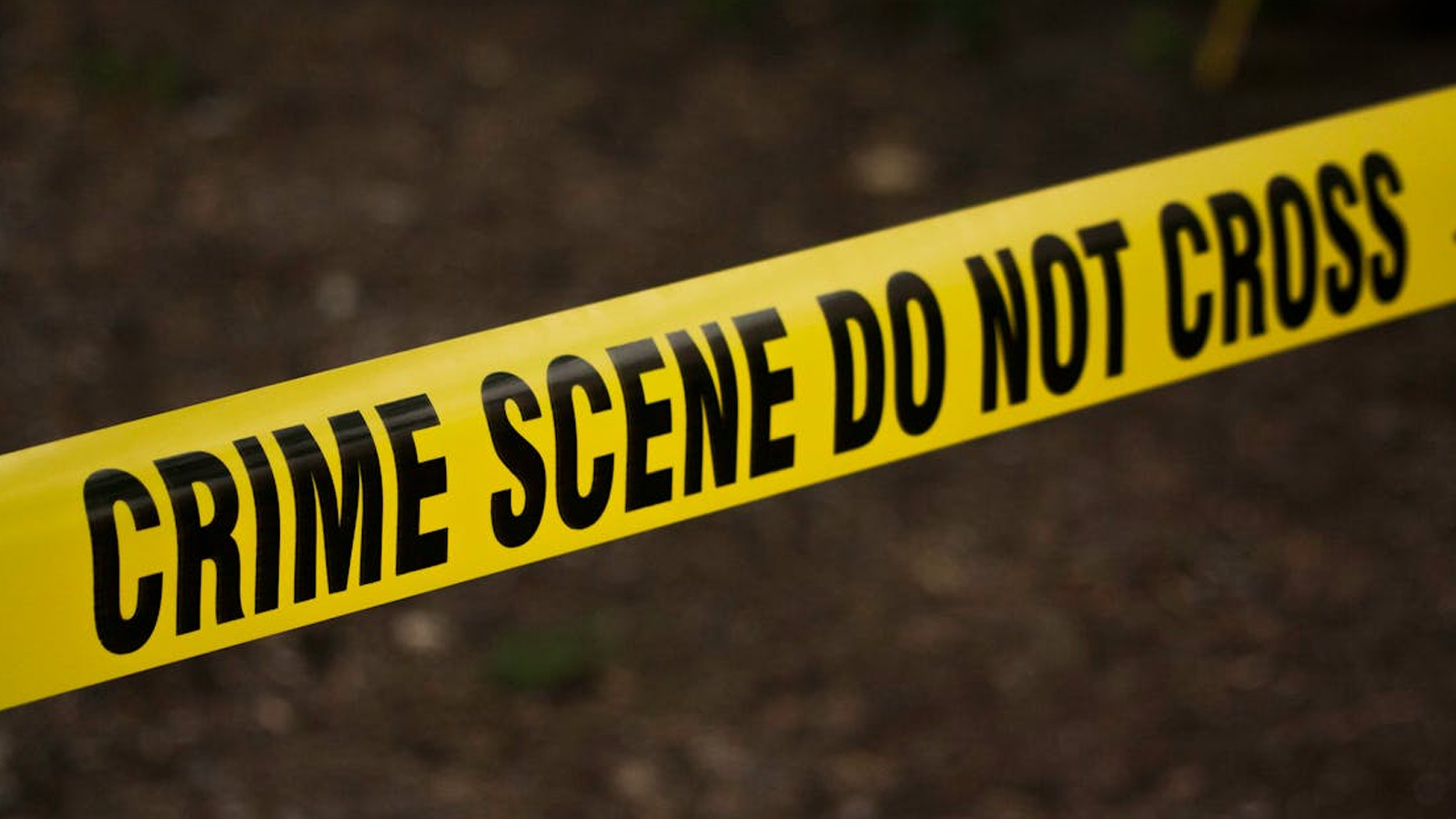

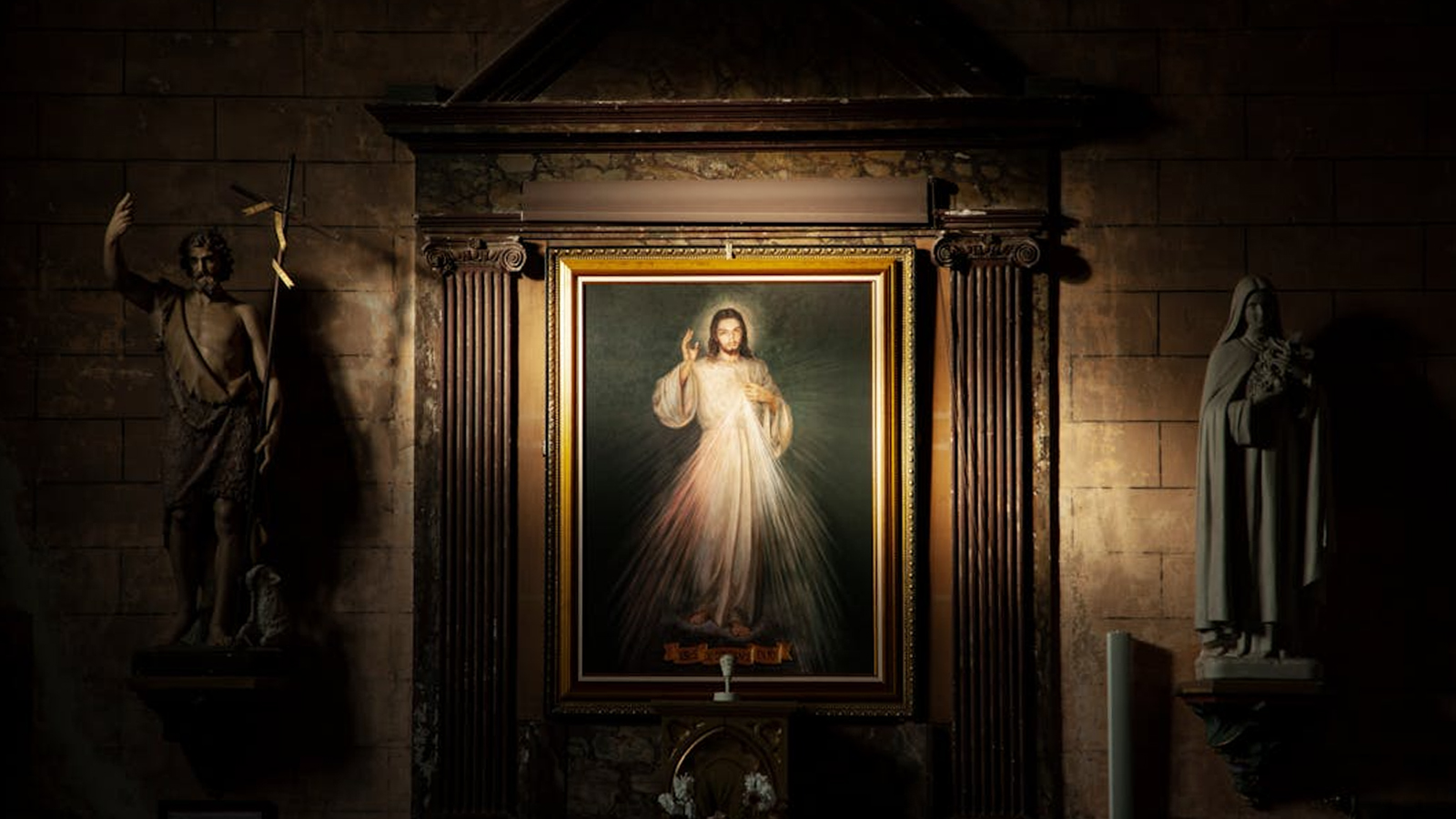



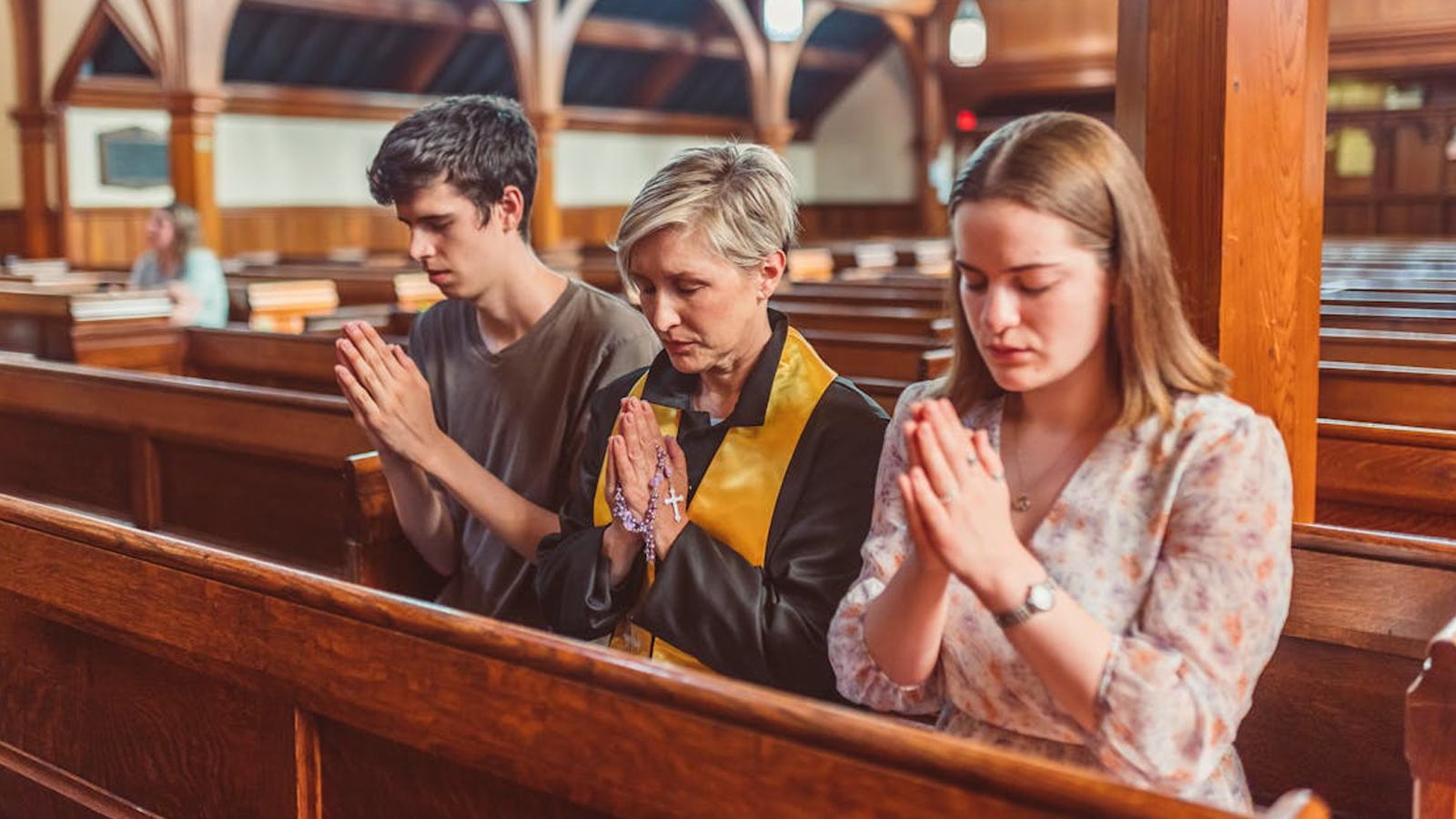





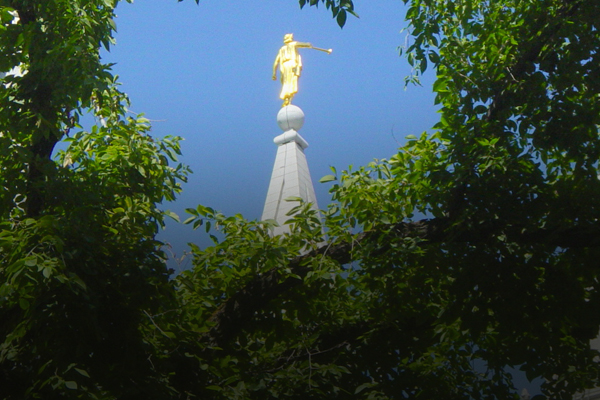
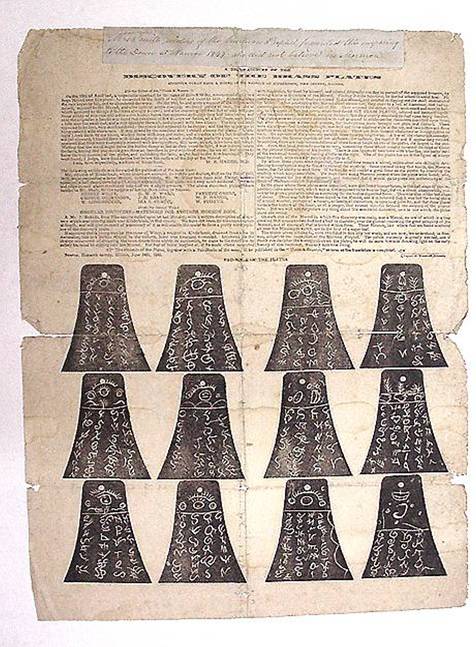


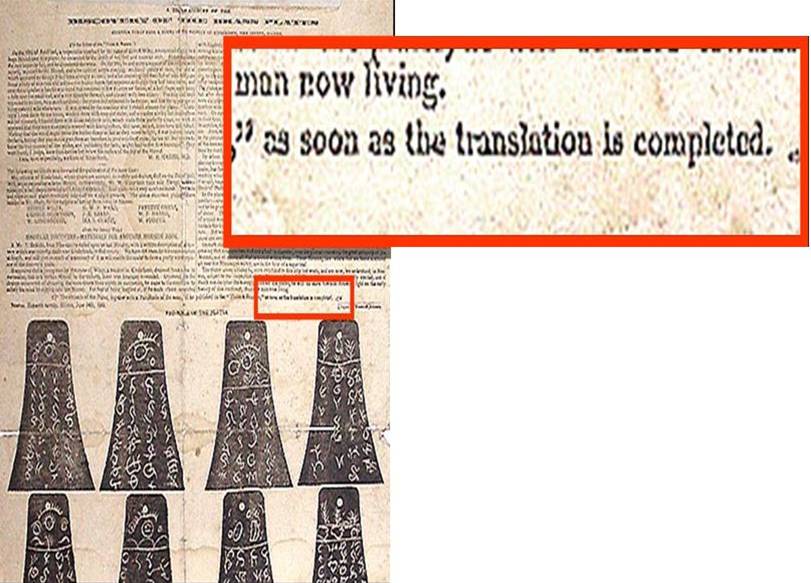




Pingback: O que as placas Kinderhook revelam sobre Joseph Smith? – Cosmovisão e Fé
Sledge Hammer
March 24, 2022 at 7:42 pm
Great article. Mark Twain’s analogy of the Book of Mormon is good enough for me. If anyone should be able to spot fictional literature, it would be the Father of American Literature. The Book of Mormon might be able to fool the educated professors at prestigious BYU, but it did not fool Mark Twain. If the BOM is fiction, so is mormonism. Mark Twain says the BOM is plagiarized and is inferior literary style. End of story.